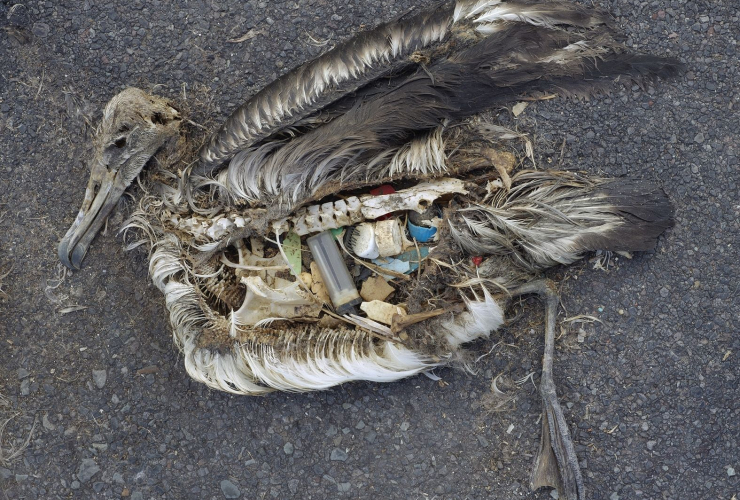Decades before climate change took centre stage, Canadians were worried about sludge-choked streams, dead lakes and industrial pollution. Following a rise in environmental activism and public concern, a fledgling version of Environment and Climate Change Canada was born 50 years ago this June.
The department was established in 1971 by Pierre Trudeau, who had proposed a government reorganization bill the previous December. The bill included proposals for two new ministries focused on the environment and urban affairs.
In creating the department, “the government was responding not only to the large number of increasingly important environmental issues, but also to the environmental movement,” says Laurel MacDowell, a professor emeritus of environmental history at the University of Toronto.
It took several months of debate for the bill to be passed, but the foundation for the new department of the environment had already been established.
Starting in November 1970, the government had gone through its internal workings and decided which departments, branches and responsibilities were environmental, or “green,” and pre-emptively put them all together under the Department of Fisheries and Forestry.
“The expectation was that the green stuff in one box would be able to make the connections that you couldn't make if you were working separately in separate departments,” says Robert Slater, an adjunct professor in environmental policy at Carleton University.
Slater worked for the department during its first year, in the mining and metallurgical division.
“I was there because of my technical expertise, not because of my capacity to understand big policy issues,” he says. “I did eventually learn, I believe.”
He stayed with the department for decades and later became the senior assistant deputy minister.
The bill to reorganize government and officially create the Department of the Environment was passed in the House of Commons on May 26, 1971. A message from the Senate was received by the House on June 10, informing them the bill had been passed without amendment.
A day later, Jack Davis was officially sworn in as minister of the environment on June 11, 1971. He also retained his previous portfolio as minister of fisheries and forestry.
Davis was an obvious choice to head up the new department because he had already been working to tackle pollution in his role as minister of fisheries and forestry for years.
“Conservation was a major theme of the environmental movement at that time,” says David Anderson, who was a Liberal MP alongside Davis in 1971. “We were mostly into pollution control, cleaner air, cleaner water, less contaminated land.”
The new department’s focus, and Davis’ biggest success as minister of the environment, was facilitating the Great Lakes Water Quality Agreement.
The pollution of the Great Lakes was the biggest environmental issue of the late ‘60s and early ‘70s, says Slater. It captured global attention when Lake Erie was declared to be “dead.”
The Great Lakes were being filled with pollutants from factories on both its Canadian and American shores, creating the perfect environment for dangerous algal blooms. Dead fish began to line the beaches of Lake Erie, and Davis worked to address the issue before his new department was even formed.
The Great Lakes Water Quality Agreement was ultimately signed by Prime Minister Trudeau and Richard Nixon, U.S. president at the time, on April 15, 1972, and showed what the new department, and Davis, were capable of.
The early days of the department focused heavily on existing environmental concerns and establishing infrastructure, says Anderson, who later went on to be minister of the environment himself in 1999.
He says the Environment and Climate Change Canada of today is a far more sophisticated department.
“It's also got depth,” says Anderson. “They're not just following the smoke pouring out of a smokestack or chimney or pipe of a car. They're actually doing very fundamental analysis.”
The 50th anniversary is “a vindication” of the department to the former minister of the environment, who went back and forth between federal and provincial politics in an effort to champion environmental concerns.
“I look at it today,” says Anderson. “And I think they've done a really excellent job.”
Rebecca dePencier is a master of journalism student at Carleton University.






Comments